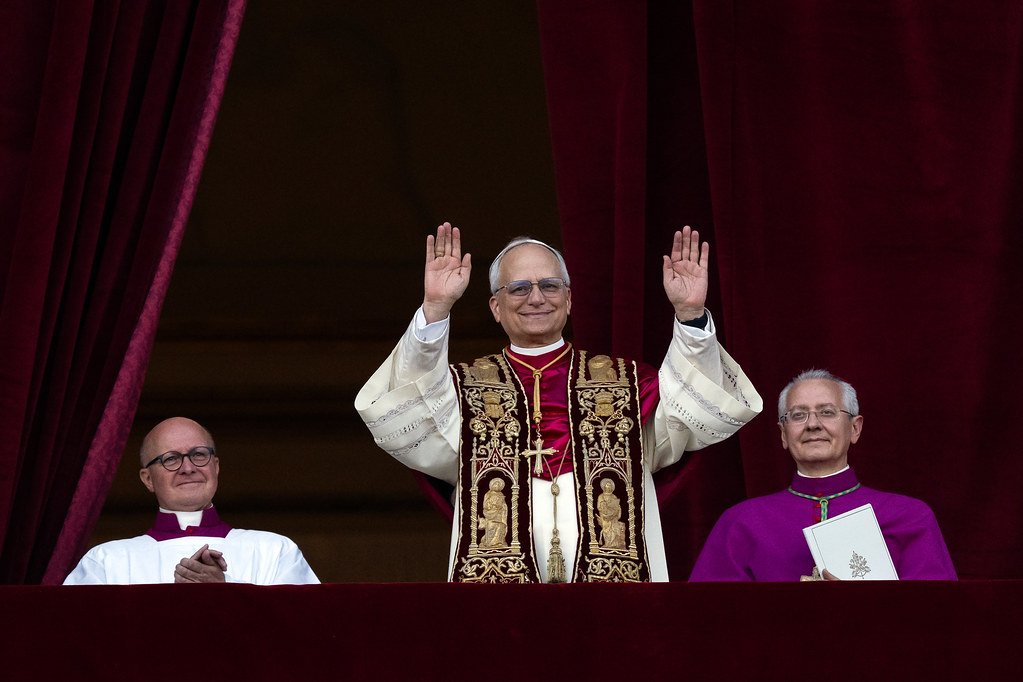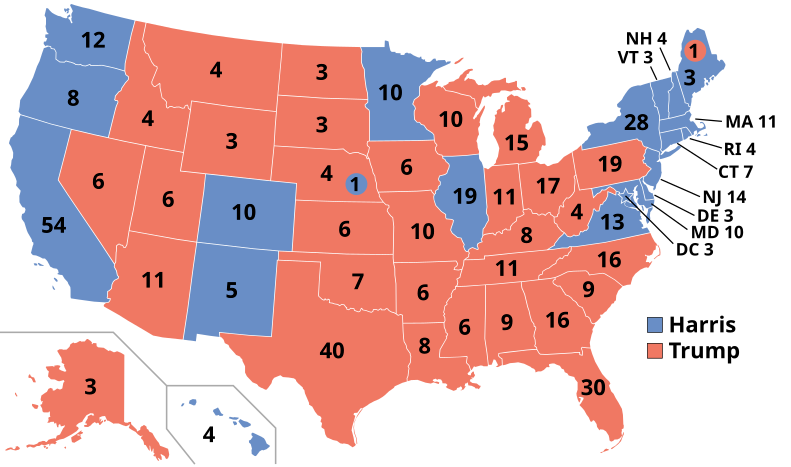In the United States, millions of Americans celebrate Valentine’s Day, considerably the “most romantic” holiday of the year, with love shown through flowers, candy, and jewelry. Every year, holidays boost the economy bringing in money for various companies, such as Coca-Cola during Christmas, and Peeps during Easter. Valentine’s Day, on the other hand, brings in the most money for jewelry companies such as Kay Jewelers. The National Retail Federation (NRF) predicted that shoppers would spend about $25.8 billion on Valentine’s in 2024.
The gift of flowers remains as number one. The NRF estimates that shoppers will spend about $2.6 billion on flowers alone this year, making it the number one floral purchasing time of the year. Over 250 million roses are grown in preparation for Valentine’s, enough to give roses to almost all adults in the United States. Although Americans purchase these flowers, less than 20% of all flowers sold are grown in the US. 81% of the flowers sold are imported from South American countries, the majority coming from Colombia and arrive in Miami, Florida. The idea that flowers symbolize love and romance date back to the Roman Empire. Pollen samples show that Roman gardens contained roses, violets, and daisies. The Greeks used flowers as props for storytelling. Some give flowers to their significant others on holidays like Valentine’s Day and Christmas, subsequently, others will give flowers to family and friends to show love and care.
Additionally, some people choose to give their significant others confectionery sweets to show their love and affection. Many centuries ago, around 1500 BCE, people created candy. The Ancient Egyptians were among the first to create candy, starting with licorice and ginger.(www.candyhistory.net) Since the creation of candy, sweets have become popular to eat and give as gifts. Over 350 years ago, on Christmas, Germans started giving children candy canes to keep them quiet during Christmas Service. Two hundred years later, in 1861, a man named Richard Cadbury would be the first to make candy a part of Valentine’s Day. Cadbury sold decorated heart-shaped boxes of chocolates, creating a new Valentine’s tradition. Since the tradition began, Valentine’s became the third biggest day for the candy industry. In 2024, The National Confectioners Association estimated that there would be $4 billion in sales of candy for Valentine’s Day.
This year, the NRF estimated shoppers would spend a record-breaking amount of $6.4 billion on jewelry for Valentine’s Day in 2024. Lovers started gifting jewelry for Valentine’s in the early 20th century. Many believe that diamonds are the “ultimate symbol of love” and purchase diamonds in necklaces, rings, and bracelets. Two of the largest jewelry companies, Tiffany & Co. and Kay Jewelers profit the most from Valentine’s Day. Signet Jewelers, a parent company of Kay Jewelers and Zales, peaked in sales during Valentine’s of 2023. Every year, jewelers make billions of dollars from Valentine’s Day alone, with the average person spending about $200 on jewelry for this holiday. Jewelry is one the most loving presents a person can give to another, and will only continue to grow as a loving industry.
The “Day of Love” not only shows romantic gestures but also represents a significant economic gain for industries in America. Floral companies make millions from lovers every year, since flowers have been symbolizing affection dating back to ancient times. The confectionery industry, tracing its roots to ancient times as well, witnesses a spike in sales every year from many continuing the tradition of giving and eating sweets on Valentines Day. In addition to other gifts, jewelry, specifically diamonds are seen by many as the most loving gift of all, with billions spent annually. As another Valentine’s Day unfolds, the appeal of the traditions continue, attracting hearts and minds of love.































